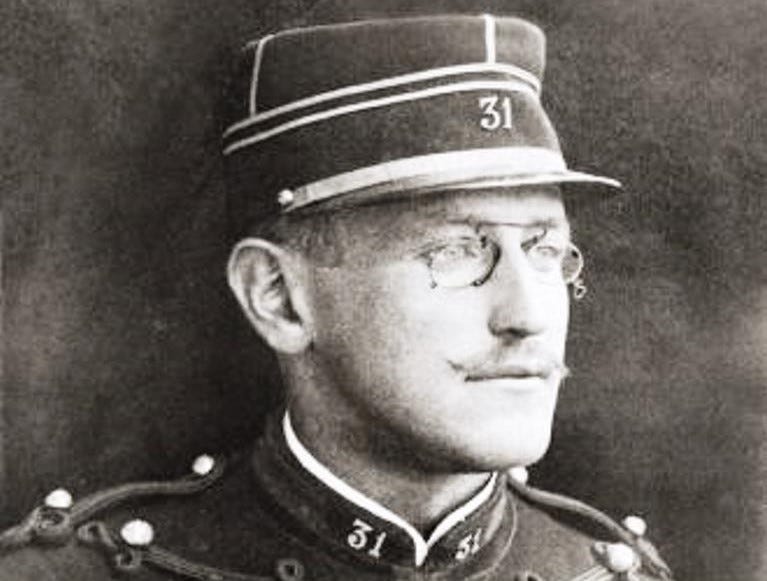Alfred Dreyfus and the Derp State
Organizational bias
After their defeat in 1870-71, the French Ministry of War was determined to modernize, and naturally saw the Prussian general staff model as a starting point. In what became known as the ‘continental system,’ a series of numbered bureaux were set up to handle the administration of armies. Deuxième Bureau (DB) was the very first permanent, that is to say…
Keep reading with a 7-day free trial
Subscribe to Polemology Positions to keep reading this post and get 7 days of free access to the full post archives.


